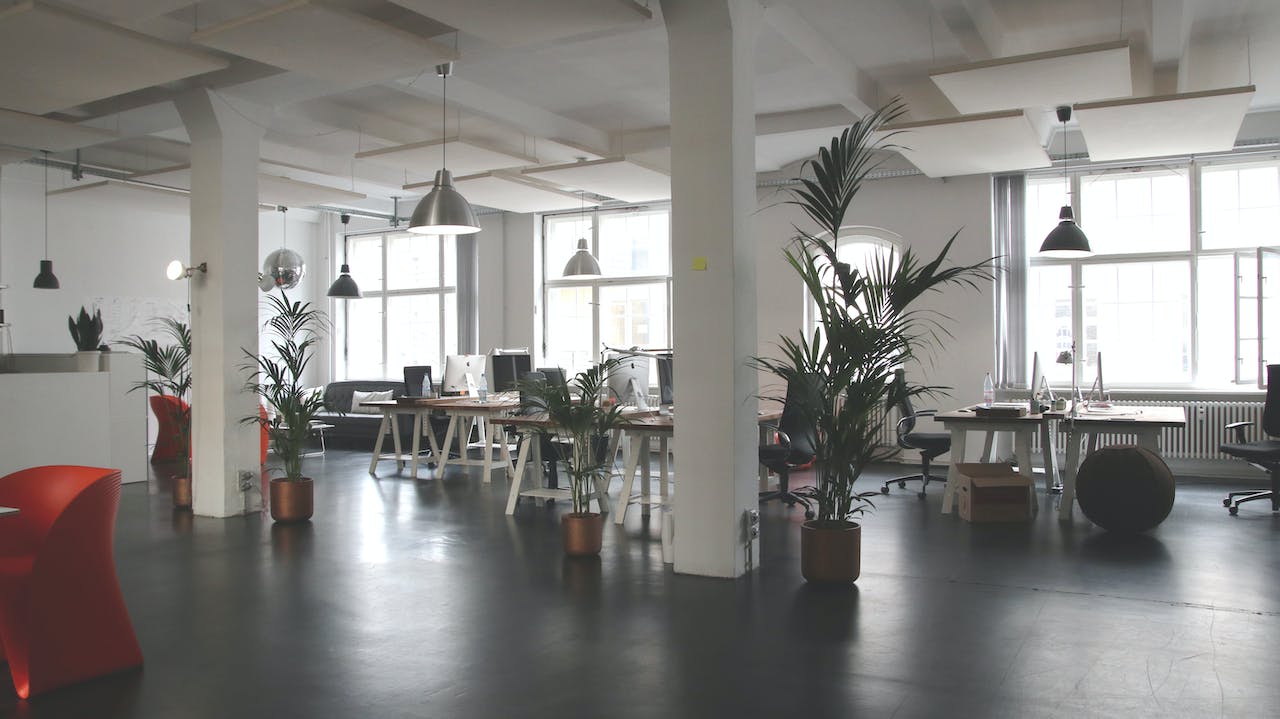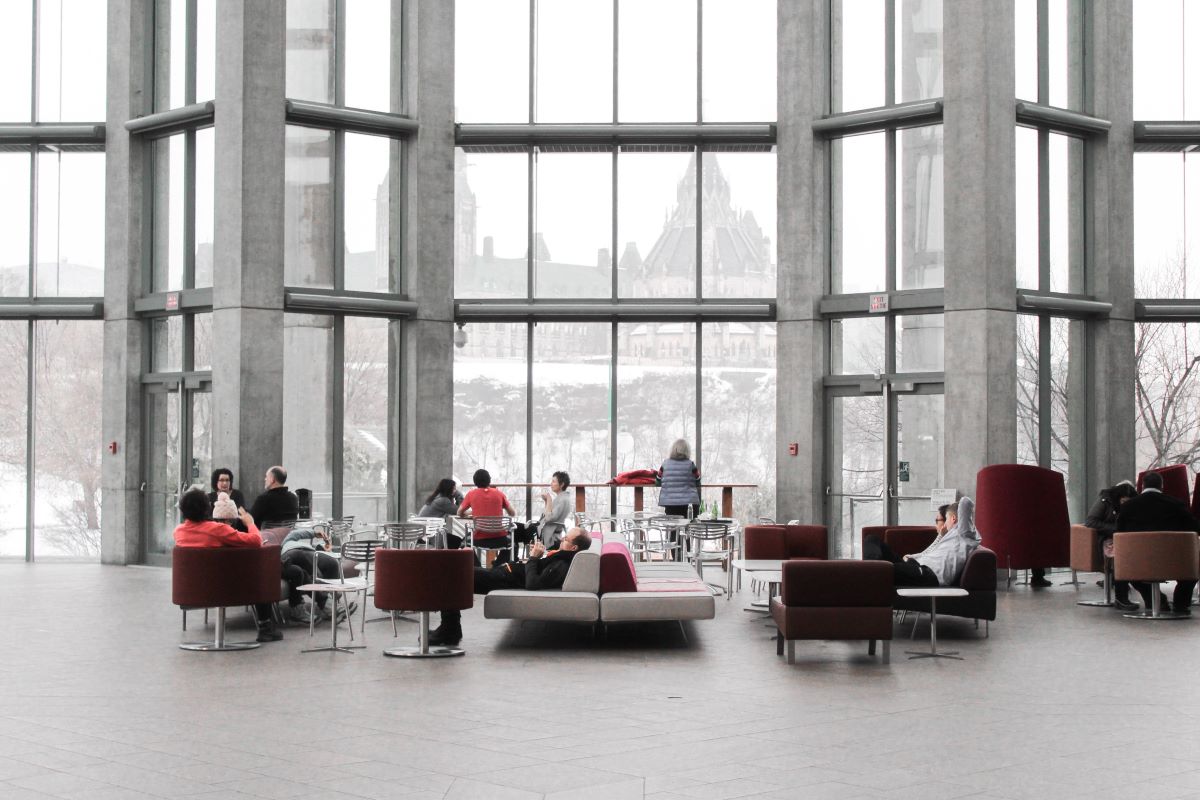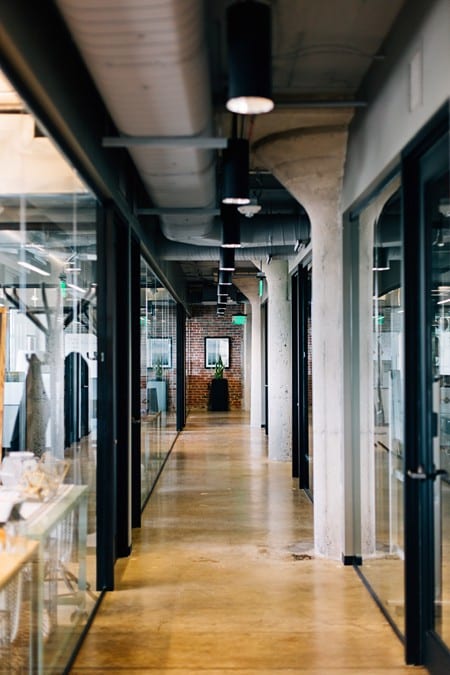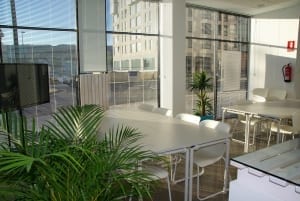Factors to Consider When Building or Finding an Office
In the ever-evolving landscape of modern business, the quest for the perfect office space is a pivotal decision that can significantly influence a company’s success. Whether you’re in the process of building a new office or scouting for the ideal location, several key considerations can shape your decision-making process. In this blog post, we’ll explore crucial factors to keep in mind to create a workspace that fosters productivity, collaboration, and overall employee well-being.
Location, Accessibility, and Amenities
The location of your office is paramount. Consider accessibility for employees, clients, and suppliers. Proximity to public transportation, parking facilities, and amenities such as restaurants and cafes can contribute to the overall appeal of your office location.
Space Requirements and Future Growth
Assess your current and future space needs. Factor in the number of employees, meeting rooms, collaborative spaces, and any special requirements for your industry. A well-designed office should allow for growth without compromising functionality.
Budget Considerations
Establish a realistic budget early in the planning phase. This should cover not only construction costs but also ongoing operational expenses. Balancing quality and cost-effectiveness is crucial to creating a sustainable and financially viable workspace.
Natural Light and Ventilation
Prioritize natural light and ventilation. Well-lit spaces contribute to a positive work environment; proper ventilation ensures a healthy and comfortable atmosphere. Large windows, skylights, and open floor plans can enhance the overall ambiance.
Office Layout and Flexibility
Consider the layout of the office to promote collaboration and flexibility. Open floor plans, modular furniture, and designated collaboration zones can facilitate communication and adapt to changing work dynamics.
Technology Infrastructure
Invest in a robust technology infrastructure. Ensure that the office is equipped with high-speed internet, reliable communication systems, and adaptable technology solutions. This is crucial for seamless operations and connectivity in the digital age.
Brand Identity and Aesthetics
Your office is an extension of your brand. Incorporate your brand identity into the design, reflecting the company’s values and culture. A visually appealing and cohesive aesthetic can create a positive impression on both employees and visitors.
Employee Well-Being and Comfort
Prioritize the well-being and comfort of your employees. Ergonomic furniture, breakout areas, and wellness spaces contribute to a positive work environment. Additionally, consider factors like noise levels, temperature control with commercial air conditioning services, and amenities that enhance the overall employee experience. When developing or selecting an office space, it’s imperative to incorporate professional commercial air conditioning services to ensure a conducive and comfortable environment, promoting employee well-being and overall productivity.
Sustainability and Environmental Impact
Embrace sustainability in office design. Incorporate eco-friendly materials, energy-efficient lighting, and water-saving technologies. A commitment to environmental responsibility aligns with corporate values and reduces long-term operational costs.
Legal and Regulatory Compliance
Ensure that your office design complies with local zoning laws, building codes, and accessibility standards. This avoids legal complications and creates a safe and inclusive workspace for everyone.
Security Measures
Implement robust security measures. This includes secure access control systems, surveillance cameras, and emergency response plans. Prioritizing security is essential for the safety of both employees and valuable assets.
Conclusion
Creating the perfect office space involves a comprehensive evaluation of various factors. By considering elements such as location, budget, employee well-being, and sustainability, businesses can design or choose an office that meets their immediate needs and sets the stage for future success. A thoughtfully designed workspace is not just a physical environment but a strategic asset fostering innovation, collaboration, and overall business excellence.





 Sometimes it’s hard to stay focused when you’re at work, especially if you’re inside a stifling office space on a warm day. Of course, you’d always rather be somewhere else than at work, but what you can do is make your working environment more appealing, more fun, and a productive place to be. If you’re an office manager and you’re considering making changes to the place in order to boost productivity, then your first port of call should be to ask your staff members. Once you’ve got a good idea of what needs changing, and you’ve assessed the suggestions, you can then get to work.
Sometimes it’s hard to stay focused when you’re at work, especially if you’re inside a stifling office space on a warm day. Of course, you’d always rather be somewhere else than at work, but what you can do is make your working environment more appealing, more fun, and a productive place to be. If you’re an office manager and you’re considering making changes to the place in order to boost productivity, then your first port of call should be to ask your staff members. Once you’ve got a good idea of what needs changing, and you’ve assessed the suggestions, you can then get to work.